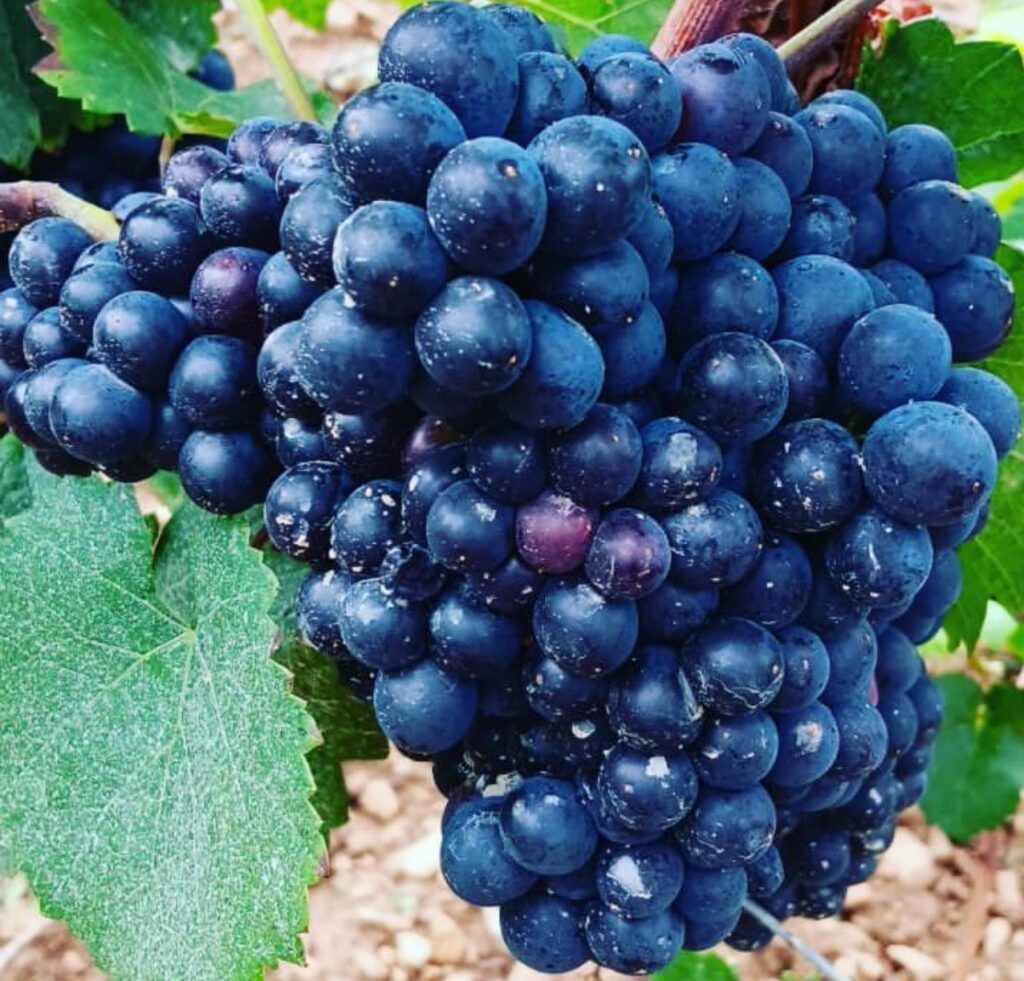Understanding Burgundy is important to be able to navigate the market afterward. Some things are easy … others are a bit more complex …
Currently, mildew is the big theme, as the serious attack of mildew is now damaging the vineyards and reducing the yields. But what is yield? Here is a concise explanation of how yields are calculated.
Yields calculations
Yields are one of the more tricky parts of the job, as these include both the physical possible yield in the vineyard – and what can you actually harvest … INAO-imposed limits that will be in effect if the harvest is large.
The permitted yields are strict, and even last year, these limits were challenging for some. If you harvest beyond the limit (and declare it), there are ramifications.
For each appellation, the maximum yield is defined legally in terms of hectolitres of wine per hectare of vineyard (hl/ha). Subject to certain conditions, this base yield may be augmented for a given year by 15%-20%. The decision to increase the yield depends on the conditions during that year, and the grower is obligated to obtain permission. Base yields in Burgundy for 2023 was as follows:
- Grand cru reds: 35-37 hl/ha; whites: 40-64 hl/ha
- Premier cru reds: 40-45 hl/ha; whites: 45-68 hl/ha
- Village reds: 40-45 hl/ha; whites 45-70 hl/ha
- Regional appellation reds: 50-69 hl/ha; whites: 55-75 hl/ha.
Further details from the INAO are on its website: www.inao.gouv.fr (source BIVB).

Calculating actual losses
The losses are approximated based on the yield that is in the vineyard. When one talks about a “30% loss in the vineyards,” this is based on the current hypothetical yield.
If the grapes in the vineyard looked to give 40 hl/ha, then a 30% loss would indicate a yield of 28 hl/ha.
If the expected yield before the mildew was 70 hl/ha, it becomes a bit more complex, as the limitations will come into effect. The 70 hl/ha would be reduced by 30% … this will bring the yield down to 49 hl/ha. This is still beyond the limit for Pinot Noir, so there is no effect on yields, as they would still have to produce according to the INAO-imposed limits.
So, 70 hl/ha would be reduced by the mildew, but the allowed yield would still be the INAO limit – so, in reality, there is no loss of yields.
Things are however much more complex when we introduce quality … as we would then often implement green harvest to influence the calculations.
Yield: From hl to juice
This is the volume measured in hl… but in reality, there is a large variation in the juice from the grapes. In some vintages, the grapes will yield 20% more juice than in others. So, in reality, it is only when the grapes are harvested and pressed that one can say how generous the vintage is!
Please note these are examples … not a forecast for the 2024 yields.

 - A true vin d’émotion – a Burgundy of passion
- A true vin d’émotion – a Burgundy of passion - A truly hedonistic wine – lively and enjoyable
- A truly hedonistic wine – lively and enjoyable - A vivacious wine for pure indulgance
- A vivacious wine for pure indulgance - A potential vin d´émotion - frais et léger
- A potential vin d´émotion - frais et léger
Leave a Reply
You must be logged in to post a comment.